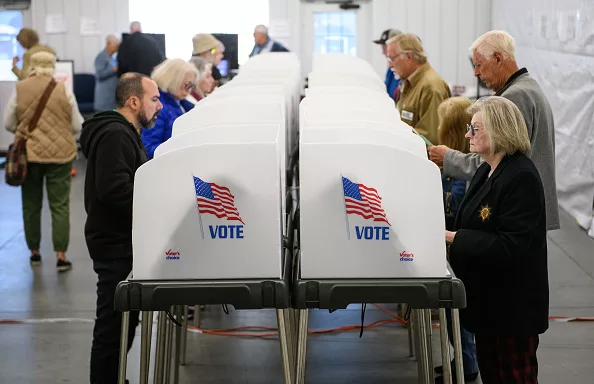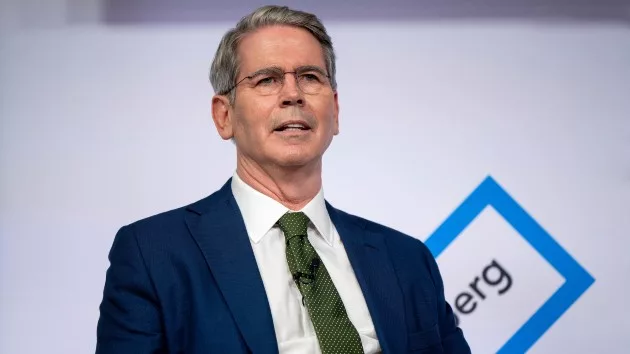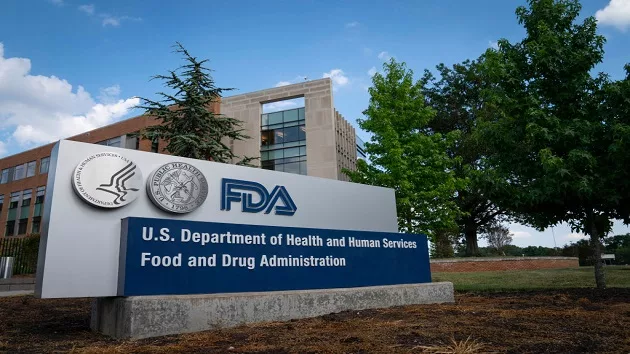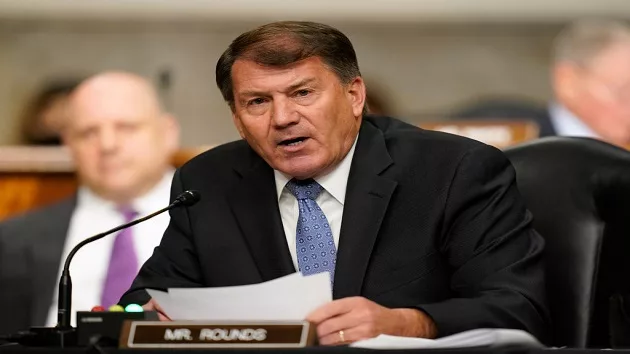(WASHINGTON) — Election officials across the country are trying to prepare for what’s out of their control.
When millions of Americans head to the polls on Tuesday, some voters might encounter minor issues including equipment malfunctions or delays. Election officials say that they are prepared for those inevitable challenges, which can come up every election year — but that they struggle with the torrent of misinformation that could follow, where bad actors or election skeptics will sometimes use minor issues to amplify unsubstantiated claims of widespread voter fraud.
A preview of that problem played out last week in Kentucky when a voter shared a video online of what officials called a “user error” on an electronic ballot-marking machine that created the false impression the device was switching votes from Donald Trump to Kamala Harris. Election officials said the machine produces a paper ballot, which the user then has multiple opportunities to confirm before their vote is scanned — and that the voter who posted the video was able to cast their ballot as intended.
After the machine was taken out of service, Laurel County Clerk Tony Brown shared a video online demonstrating the machine working without issue and said that officials struggled to replicate the error. But the damage was already done, with the original video amassing tens of millions of views on social media, where it was shared by users suggesting that voting machines were being used to rig the election.
Nevertheless, the incident in Kentucky underscores what election experts have been stressing to the voting public: While minor glitches may occur at a few isolated polling places, they are not an indication of widespread voter fraud.
“I hate that this has occurred here in Laurel County,” Brown posted. “We strive to have accurate, secure and safe elections that we are proud to provide to our citizens.”
Anticipating similar issues on Election Day, election officials in some counties have prepared pre-written fact checks that can be shared online to quickly counter misinformation before it spreads.
“If there’s an issue that comes up on Election Day, we can kind of say, like, ‘Here’s something that you might have seen, here’s actually what happened,'” said Samantha Shepherd, communications manager for Loudon County, Virginia. “That’s kind of our crisis communication plan for mis- and disinformation.”
Election workers hope that clear communication and transparency can stem the tide of what Jen Easterly, director of the U.S. Cybersecurity and Infrastructure Security Agency, describes as a “fire hose of disinformation” targeting the integrity of the country’s elections.
“Election officials have never been better prepared to deliver safe and secure and free and fair elections for the people,” Easterly said.
That security stems in part from built-in redundancies that allow officials to securely administer the election, even if equipment fails.
“We have paper backup nearly in every jurisdiction across this country, so that we can rely on that if technology is not there to assist us,” said Karen Brinson Bell, executive director of the North Carolina State Board of Elections.
Across the country, 97% of voters will cast ballots in jurisdictions that provide verifiable paper backups, Easterly said.
That means if an electronic voting machine breaks down, election workers can return to traditional paper ballots, said Derek Tisler, an attorney with the Elections and Government Program at the Brennan Center for Justice, a nonprofit think tank. In a case like the ballot-marking device that was at issue in Kentucky, the paper ballot showed that the voter’s selection had to be corrected, which it was before their vote was actually cast.
“The common theme that we see with so many of the backups, specifically for technical issues, is that there is usually a very simple, paper-based system that can keep things moving smoothly until the issue can be resolved,” said Tisler.
Tisler also said there’s increased transparency in the aftermath of the 2020 election, with poll watchers able to oversee most elements of election administration, and election workers often operating in two-person or bipartisan teams.
“We are wide open. You can come in anytime,” said Aaron Ammons, the clerk in Champaign County, Illinois. “The public can come and see the process from A to Z, and I strongly encourage them.”
The decentralized nature of the country’s election infrastructure also protects against widespread fraud, according to experts. Instead of operating under a single nationwide system, elections are generally run on the county level, with some states like Wisconsin and Michigan running elections through thousands of municipal clerks — an arrangement that helps prevent bad actors from causing large-scale systemic problems.
“We have a large and decentralized election system that’s run in counties and cities across the country, and it’s natural that there’ll be some bumps in the road,” said Brian Hinkle, senior voting policy researcher at the Movement Advancement Project, a nonprofit think tank. “But in the end, these election officials take great pains to make sure the process is accurate, safe and secure.”
Copyright © 2024, ABC Audio. All rights reserved.






